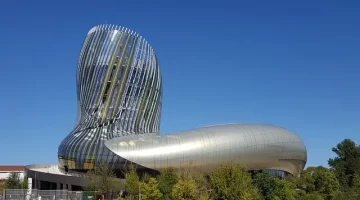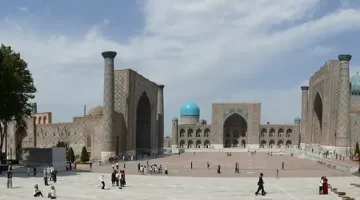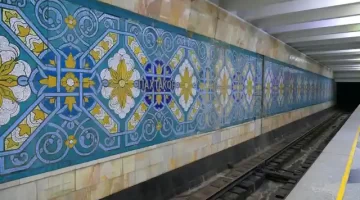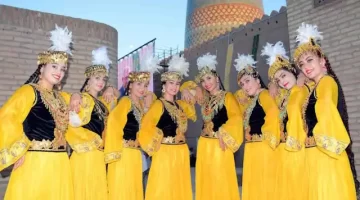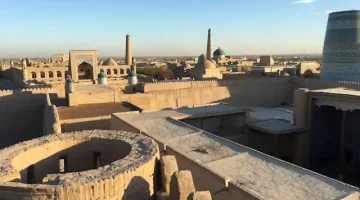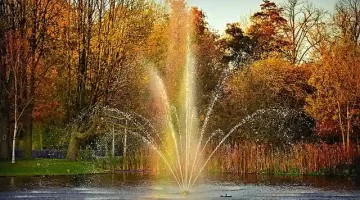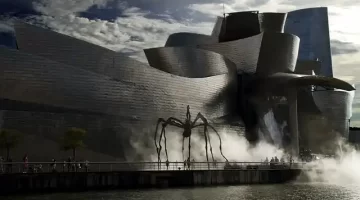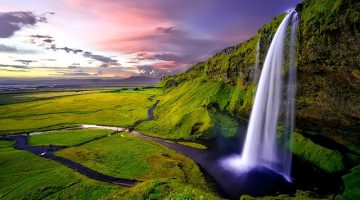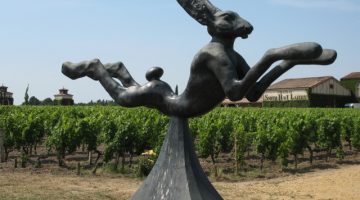Dougga
The Travel Pages visits the archaeological site of Dougga in Tunisia, one of the best Roman sites in North Africa and a popular day trip from Tunis and beach resorts.
Many consider Dougga to be the most magnificent Roman site in all of North Africa. It is certainly the largest and best preserved in Tunisia. It has been a UNESCO World Heritage Site since 1997.
Where is Dougga?
Dramatically set atop a steep hill on the edge of the Tebersouk Mountains, it is 106 kms (66 miles) southwest of Tunis.
How Long to Spend at Dougga?
Allow a minimum of two hours to see the site, or up to a full day if you’ve a keen interest in history. In summer, the sun is intense at midday, so arrive early to avoid the heat and the crowds.
Getting to Dougga
You can book an organised excursion from Tunis or many of the beach resorts, but check how much time you actually get at the site. Depending on where you’re based, booking a taxi can also be an affordable option.
When Was Dougga Founded?
Founded in the 4th century BC, Dougga is one of the oldest inland towns. In the 2nd century BC it was ruled by Masinissa, the Numidian chieftain who helped the Romans defeat Carthage, and thus it remained independent until the 2nd century AD, when it became a Roman colony.
Roman Remains
The tall pointed Mausoleum of Ateban at the foot of the site dates from Carthaginian times, but otherwise the remains are primarily Roman. After the fall of Rome, Dougga fell into decline but people continued to live here until the 1950s when, in order to preserve the ruins, they were relocated to a new town nearby.
How Big is Dougga?
The site is huge and covers 25 hectares (62 acres). After seeing the highlights, it is also fun to explore the less trodden areas of the site and let your imagination wander. The ruins are remarkably complete. Perhaps the most amazing thing is the number of temples – 21 in all – a high proportion to the population of only 5,000, and could possibly indicate a number of wealthy citizens.
Dougga’s Roman Theatre
Near the entrance to the site is the Roman theatre, cut into the natural slope of the hillside. It seats 3,500 people and is well restored; each summer touring companies perform classical plays here. From the top steps follow the path to the Temple of Saturn, which was built atop an older Carthaginian sanctuary to the sun god Baal. There are marvellous views over the olive groves and wheat fields of the surrounding countryside.
The Highlight of Dougga
Another street leads from the theatre past the Temple of Mercury to the Square of the Winds, or Place de la Rose des Vents, named for a compass-like carving in the stone paving that names the twelve Roman winds. Next to this is the highlight of Dougga, the golden-stone Capitol Temple, built in AD 166. It has four Corinthian pillars and three niches inside that once held statues of the gods Juno, Jupiter and Minerva, to whom it was dedicated.
Temple of Juno Caelestis
On the far side of the Capitol is the Forum, and to the north of here a path leads round to the lovely little Temple of Juno Caelestis. This crescent-shaped temple was built in the 3rd century AD and as well as its lovely views, it is unusual in having a semi-circular colonnade inside its northern wall, an unusual feature not much used by the Romans in Tunisia.
Brothels and Latrines!
Also worth seeking out are the House of Trifolium, thought to be a brothel, and beside it the Baths of the Cyclops, with a dozen latrines arranged in the shape of a horseshoe.
OUR TUNISIA GUIDE
This Travel Guide to Tunisia is by award-winning travel writer Mike Gerrard. The guide covers Tunis, Carthage, Sidi Bou Said, archaeological sites like Dougga, excursions to the Sahara Desert, and all the main Tunisian beach resorts and tourist towns.
Amazon 5-Star Reviews
‘Interesting information straight to the point and informative, I like the mix of tourist information and cultural knowledge and it is not a lengthy read, just enough to inform you about Tunisia.’
‘Very useful information including things to see and do and even how to avoid local pit falls good overview of all the areas.’
‘Very useful guide for visiting Tunisia and very good value for the money. I found the book to be very informative.’
Read more on Amazon or click on the cover.



